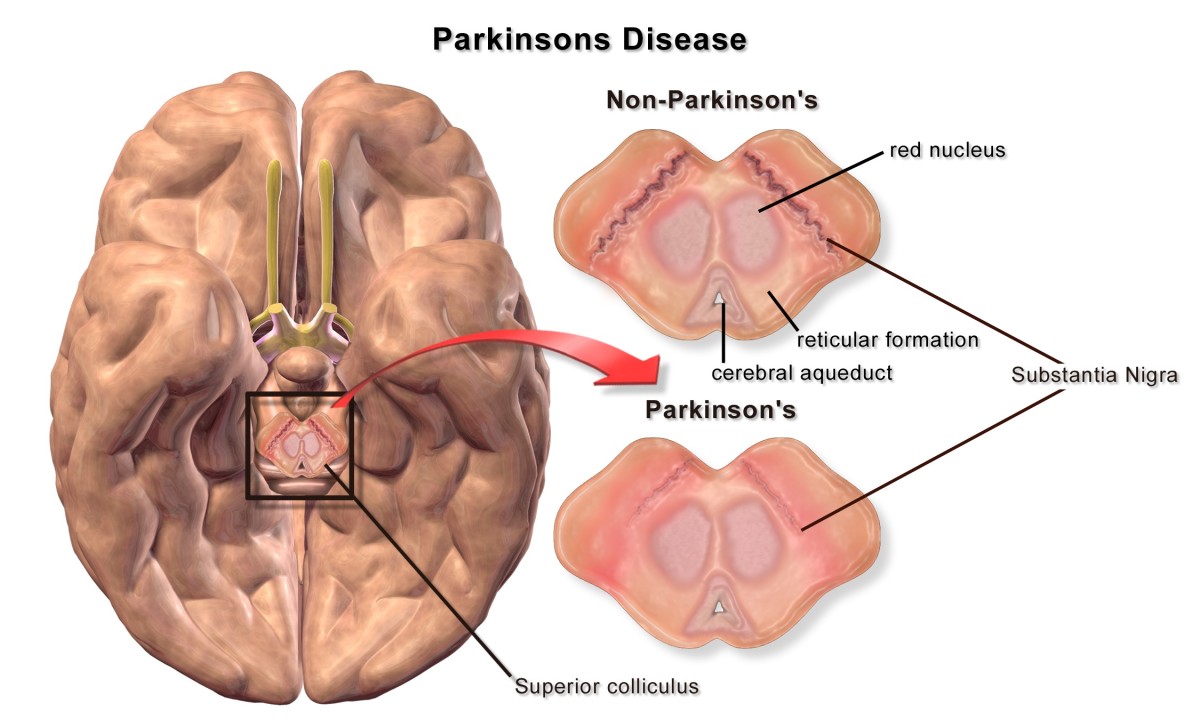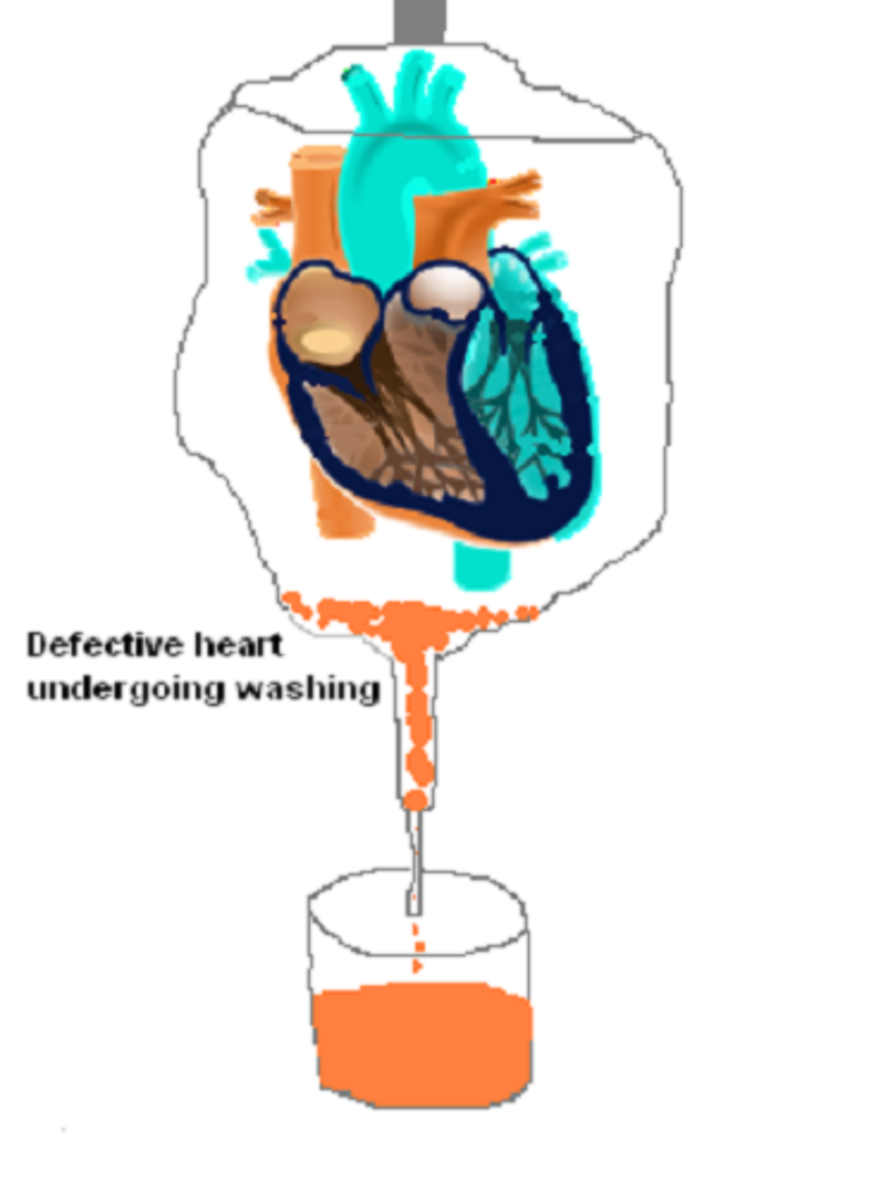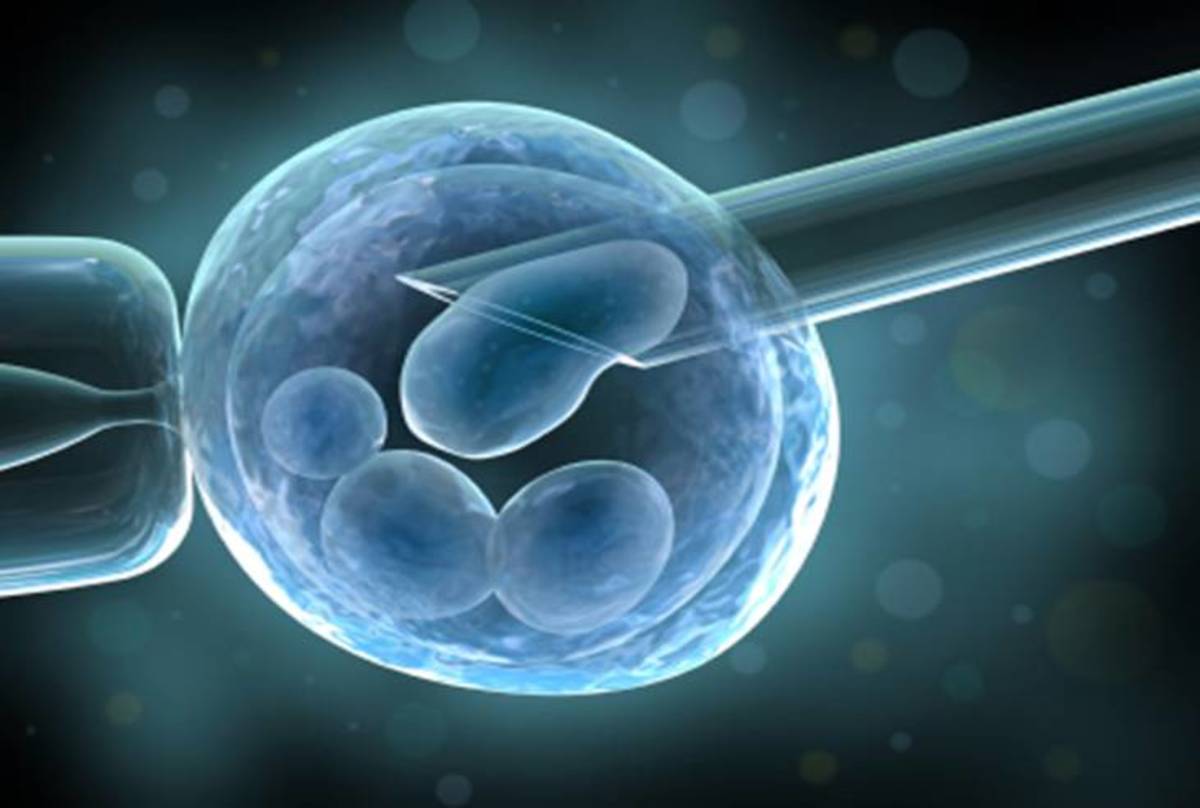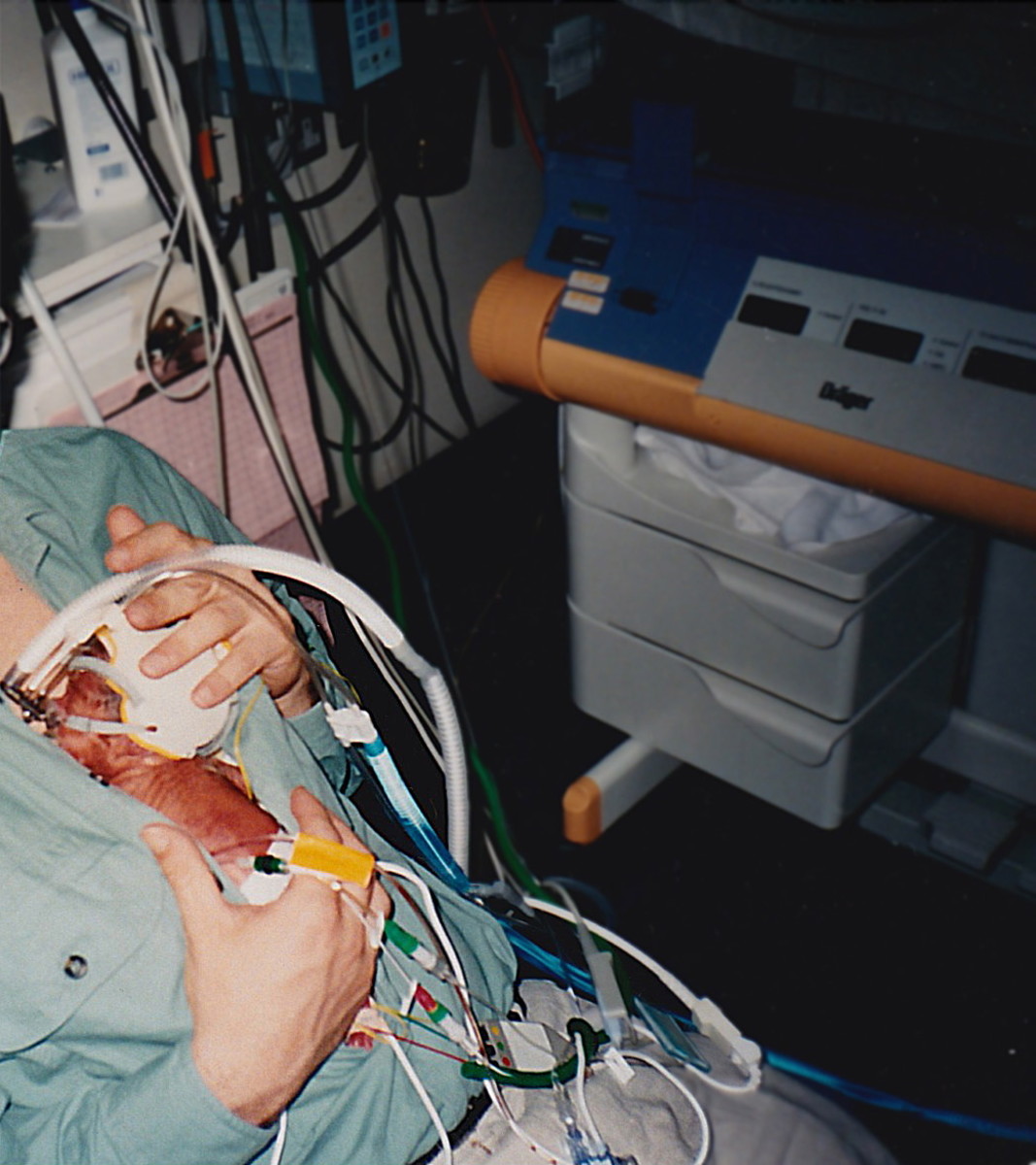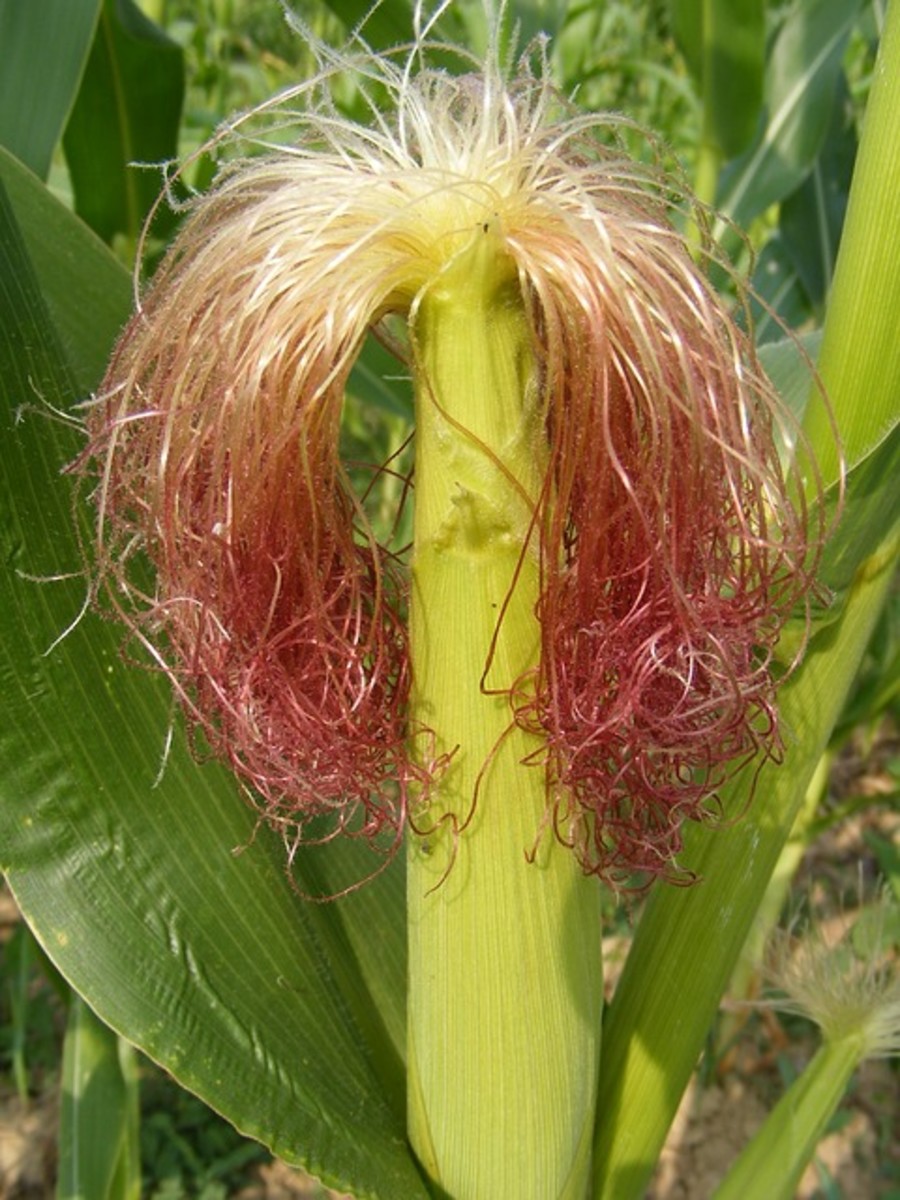A Scientific Guess to Verify in Stem Cell Research that leads to Stem Cell Therapy
More stem cell research for more stem cell therapy
A layman like me has several questions about stem cells.
One question I would like answered is: " Is a human stem cell polarized?" More specifically, is a totipotent stem cell polarized?
Polarization of stem cells
What I mean by polarized is as follows. Given a stem cell with genes A B.... C D. Of course, we know that the human genome is composed of 3 trillion genes. The dots indicate polarization. In our present discussion A B ....C D indicate the genes that are activated in the totipotent stem cells. This is only for graphic representation because it is impracticable to indicate all the genes in this space. At this stage not all 3 trillion genes are activated. If this totipotent stem cell were polarized, A B genes take care of mitosis, or cell division that result in the same kind. That is, A B result in two daughter cells each with the genes A B. Then genes C D differentiate. During differentiation, other genes are activated, thus a pluripotent stem cell is produced, indicated as A B C D ....E F. Likewise, A B C D genes now take care of mitosis resulting in two identical daughter cells. Now E F differentiate that result in the multipotent stem cell indicated as A B C D E F ....G H. Likewise A B C D E F gene take care of mitosis resulting in two identical daughter cells. It goes without saying that the C D E F that were once activated to cause differentiation no longer cause differentiation. They are now part of a mitotic cell.
The same process occurs until the stage adult stem cell is reached, A B C D E F G H....I J. I J genes will cause differentiation resulting in adult cells with genes A B C D E F G H I J. Once they have reached this stage, they will have formed a human being. To repeat, a human being has stem cells and adult cells. However, no additional stem cells that cause further differentiation are activated. Take note of the difference between adult stem cells and adult cells that are specialized.
(I will write another Hub to give a graphic representation of adult cell reprogramming. That is, adult cells are turned back, as it were, to produce pluripotent stem cells. This was done by Sir John Gurdon and Shinya Yamanaka who shared the Nobel Prize in Medicine.]
Verification of hypothesis
My literature research on stem cell might be so lacking that I have not found an answer to my own question. That is why I like to derive from this question a hypothesis to serve as guide in stem cell research. A derived hypothesis is as follows:
“A totipotent stem cell is polarized such that genes in one end behave differently from how genes in another end behave.”
This totipotent stem cell is indicated as A B .... C D such that C D are genes that cause differentiation.
This hypothesis can be tested in the laboratory.
Make a totipotent stem cell. This is done by getting sperm cells and an egg cell. Place the egg cell in a disc. Put the viable sperms inside the disc containing the egg.
We are describing the procedure in simple layman terms. The experiment is much more complicated.
Once one sperm had fertilized the egg a totipotent stem cell results. We call this zygote. This zygote can produce at least two totipotent stem cells. Separate one from the other and place them in separate discs. Mark one disc as alpha, the other as beta. Put a trace isotope in disc alpha. Do not put any trace isotope in disc beta. The trace isotope in disc alpha makes the genes phosphorescent green.
Allow the mixture in disc alpha to grow into the embryo stage which is now in the pluritpotent stem cell stage. Allow the mixture in disc beta to grow into the embryo stage which likewise fall in the pluripotent stem cell stage.
Then put the embryonic stem cells in disc alpha and disc beta into one disc labeled gamma.
The pluripotent stem cells develop into the multipotent stem cells shown by the increase in the number of stem cells in disc gamma compared with the total of those found in disc alpha and disc beta.
An increase in the number of green phosphorescent stem cells shows that the totipoent stem cells are polarized.
I am sure there other ways of verifying the polarization of totipotent stem cell.
This polarization leads to an explanation of differentiation.
From polarization to stem cell therapy
Polarization gives an opportunity to develop therapeutic applications of stem cells.
We can trace damage done on each stage of stem cells. Or we can induce damage in each stage and trace how this damage is carried over to the adult stem cell.
We cannot produce adult cells in disc according to design and integrity. (I have a Hub "How one stem cell turns into a human being").That would be tantamount to cloning. Besides, earlier stem cell researches have shown that the culture of stem cells, outside the womb, does not graduate into a human being.
The most likely outcome of such an experiment to produce a human being is teratoma. A teratoma consists of tissues of germinal organs, like teeth, hair among others.
How to induce damage? For example, take multipotent stem cells usually found in bone morrow. Bombard them with nitric oxide produced by the inducible nitric oxide synthase, indicated as NO/iNOS. This is a free radical that is mediated by the macrophage, a component of the immune system.
NO/iNOS causes aberrations in chromosomes like shortening, thickening, deletion, among others. These could be seen the optical microscope.
Some multipotent stem cells will not graduate into the next stage that is the unipotent stem cell. The reason is that chromosomes with aberration cannot assemble proteins to make new cells.
With this observation comes the conclusion that free radicals mutate DNA, the heredity material in chromosomes.
Mutation in DNA most likely results in tumor or cancer
To prevent such mutation, counter the free radicals. That is one therapeutic application of knowledge on the polarization of stem cells. We now have several means of countering free radicals like the consumption of food that contain antioxidants. Antioxidants catch or neutralize free radicals. Vitamins A, C and E are antioxidants. So are melatonin and coenzyme Q10. Chelation therapy counters free radicals and their derivatives.
Another benefit that can be derived from this experiment is that stem cells for use in stem cell therapy should be free of damage. Damage can result in fast aging.
Presently only mitotic cells are known to develop mutation that result in tumor or cancer. it is said that one mitotic cell starts tumor or cancer. A tumor that had breached the cell matrix that confines it may graduate into cancer by uncontrolled growth in place or spreading to other parts of the body. .
There must be a way to detect mutation in polarized stem cells especially those genes responsible for differentiation. These will eventually give rise to mitotic cells that may turn into tumor or cancer. Such mutated stem cells must be eliminated.

